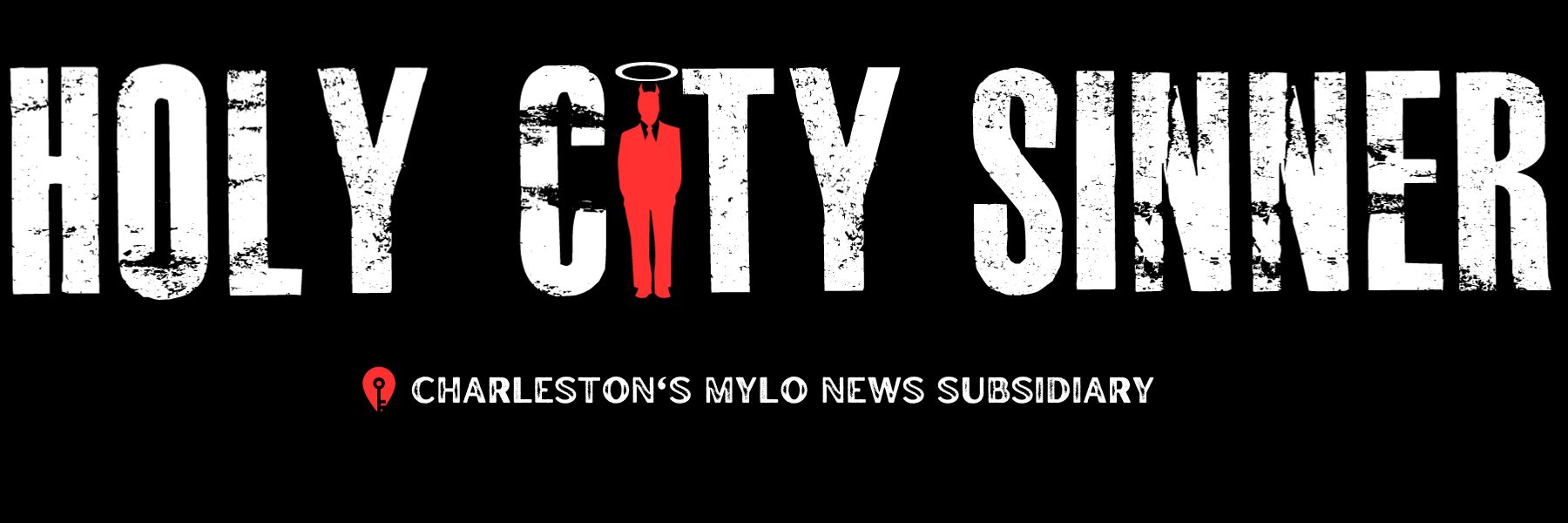In 2022, 53% of South Carolina’s children lived in households that couldn’t afford the basics, according to new data from Trident United Way and its research partner United For ALICE®. This ranks South Carolina 38th in the nation, with the ranking of 1 representing the lowest percentage of hardship for children.
ALICE in Focus: Children reveals that traditional measures of poverty have severely undercounted the number of children ages 18 and younger in South Carolina who are growing up in financially insecure households. While 19% of all children in the state lived in poverty in 2022, the new data shows that an additional 34%–nearly twice as many–lived in families defined as ALICE® (Asset Limited, Income Constrained, Employed). ALICE households earn more than the Federal Poverty Level, but less than the basic costs of housing, childcare, food, transportation, health care and technology, plus taxes.
The research also shows that the 53% of children in 2022 who were living below the ALICE Threshold – the threshold combining the number of ALICE households and households in poverty–decreased slightly from 55% in 2019.
“Overlooking ALICE households severely undercounts the number of children living in financial hardship in our state,” said Trident United Way President and CEO DJ Hampton. “This not only masks the true scale of the issue, but also hinders our ability to provide all families equitable access to a number of vital resources and financial supports.”
Because ALICE households often earn too much to qualify for public assistance, yet not enough to afford the rising cost of basic necessities, the data finds that in 2022, more than 369,500 children in struggling families didn’t access the Supplemental Nutrition Assistance Program (SNAP).
ALICE in Focus: Children also reveals that in 2022:
- Racial disparities persisted, with 75% of Black children and 66% of Hispanic children in South Carolina living in households below the ALICE Threshold, compared with 39% of White children and 26% of Asian children.
- Having two working parents did not guarantee financial stability: among all South Carolina households with two working adults, 35% of children were still growing up in hardship.
- Nearly 141,265 children in households earning below the ALICE Threshold had no high-speed internet access at home.
"To unlock a brighter future for every child, we’ve got to aim higher than the poverty level," said United For ALICE National Director Stephanie Hoopes, Ph.D. "Together we are working to make the ALICE Threshold the minimum standard for child well-being.”
More state and local data is available through the interactive ALICE in Focus: Children Data Dashboard – which provides filters for regional and local geographies, age, race, disability status, living arrangements and household work status. Visit UnitedForALICE.org/Focus-
ALICE in Focus: Children is part of the ALICE in Focus Research Series, which draws from the U.S. Census Bureau’s American Community Survey (ACS) Public Use Microdata Sample (PUMS). Each installment in the series highlights a specific population within the ALICE demographic. Topics have included people with disabilities and veterans.


